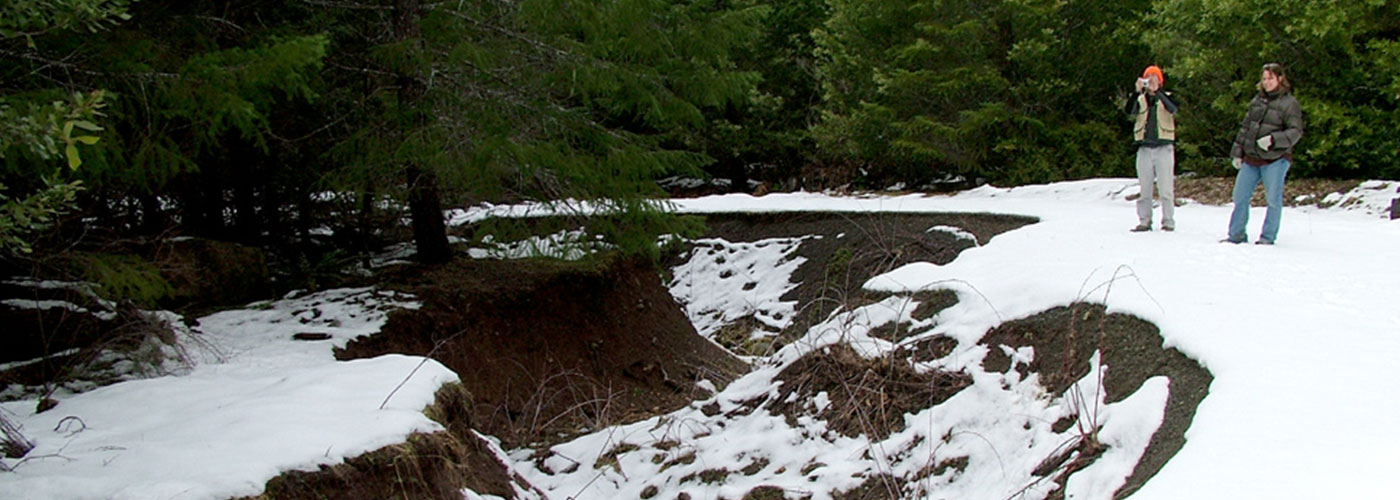|
Donate
Give a one-time gift, or become a monthly donor. |
Stay Tuned
Find out about current events and opportunities to help by signing up for our River News. |
|
Volunteer
Help us out at an event, or with various projects. |
Share
Be a volunteer photo or video journalist! Have an amazing photo or video of a river or forest that you’d like us to share? We love receiving photos and videos of rivers— healthy or otherwise. Communicating our work to every person depends on having imagery that demonstrates our work and the need for it in the Pacific Northwest. |




